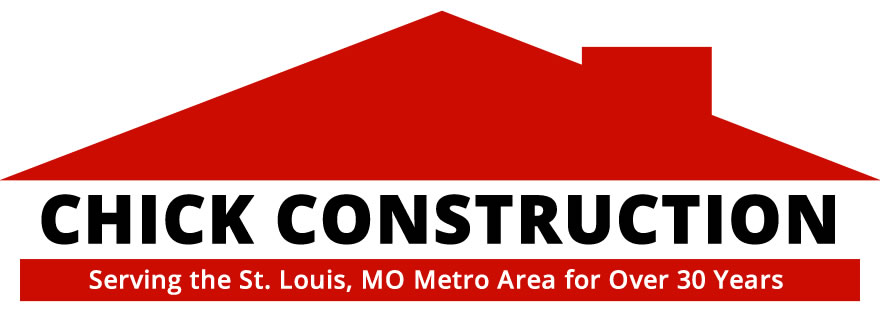Shingle roofs have a wonderful aesthetic value to them, but aside from being one of the most attractive roofing options, they also tend to be one of the most high-maintenance. In order to keep your shingle roof looking great, you need to have it serviced regularly and repaired as needed. But what does that entail?
 #1 Curling Shingles
#1 Curling Shingles
If you have noticed clawing or curling shingles on your roof, this is a sign that your roof system is aging and also has been exposed to excessive heat over time. These curled/clawing shingles are extra susceptible to being uplifted by the wind. Ice can cause big damage to your roof if curling shingles are present.
With time, shingles grow rigid. They’ll break easily lose their tabbed edges, which is why you should have shingles repaired as necessary so one bad one doesn’t ruin the appeal (or protection) of your entire roof.
 #2 Bare Spots
#2 Bare Spots
Has your beautiful shingle roof lost its color with time? Bare spots and missing granules is a sign that your roof is in need of repair. The lack of an eaves trough, poorly placed downspouts, or a poorly designed valley drainage system on a second story can all cause a “waterfall” effect that will, over time, wash the granules right off your roof’s shingles.
Physical damage and an aging roof system can also cause the loss of granules as the years go by. The granules are the texture that are applied to the shingles themselves to provide added protection against weather, but they can be worn off with time. The granules are the protective barrier for each shingle, but when they’re lost, the shingles will begin to harden from exposure to the heat and sun. Shingle decay can become an entry point for rainwater and melting snow.
 #3 Broken & Missing Shingles
#3 Broken & Missing Shingles
When your roof has broken or missing shingles, it greatly weakens the ability of your roof to shed water. It can also provide an entry point for water to get in and do some serious damage. Excessive wind and physical damage can both lead to missing or broken shingles.
 #4 Buckling Shingles
#4 Buckling Shingles
If you look at your roof and notice a wave-like distortion, typically running vertically up the roof slope, that’s a cause for concern. Buckling shingles are more susceptible to wind damage and ice damage. These shingles are more likely to be torn off. Roof age will lead to this, but so will wet or poorly installed underlayment.
#5 Damaged Flashings
Flashings are the pieces located around valleys, eaves, skylights, rakes, details, stacks, and chimneys. These flashings are subject to being separated, lifted, or having their caulking dried out. General expansion and contraction can also lead to flashing details lifting and becoming separated over time. This expansion and contraction will lead to loose fasteners, and the bottom-flashing flange will life up, allowing water to get in.
